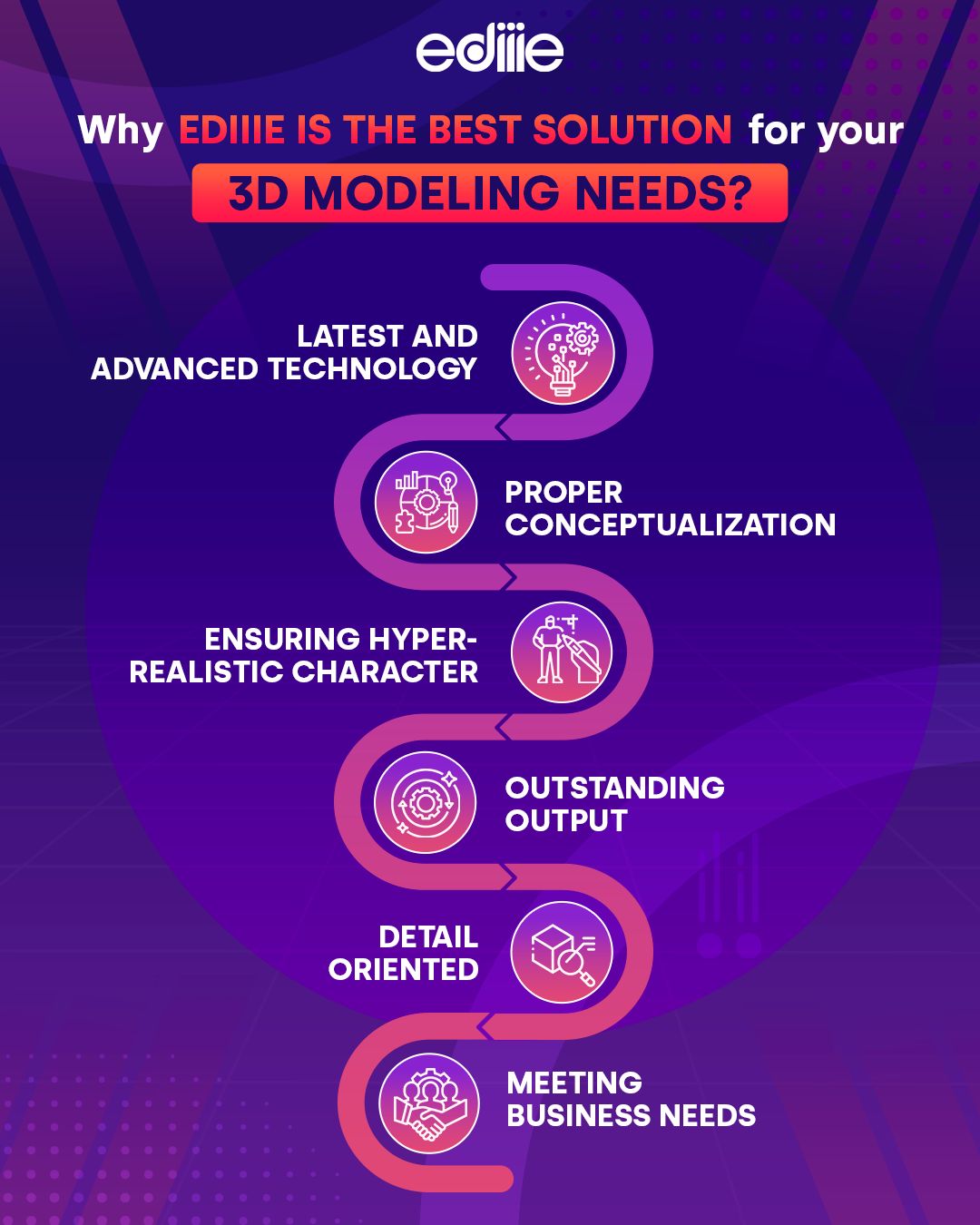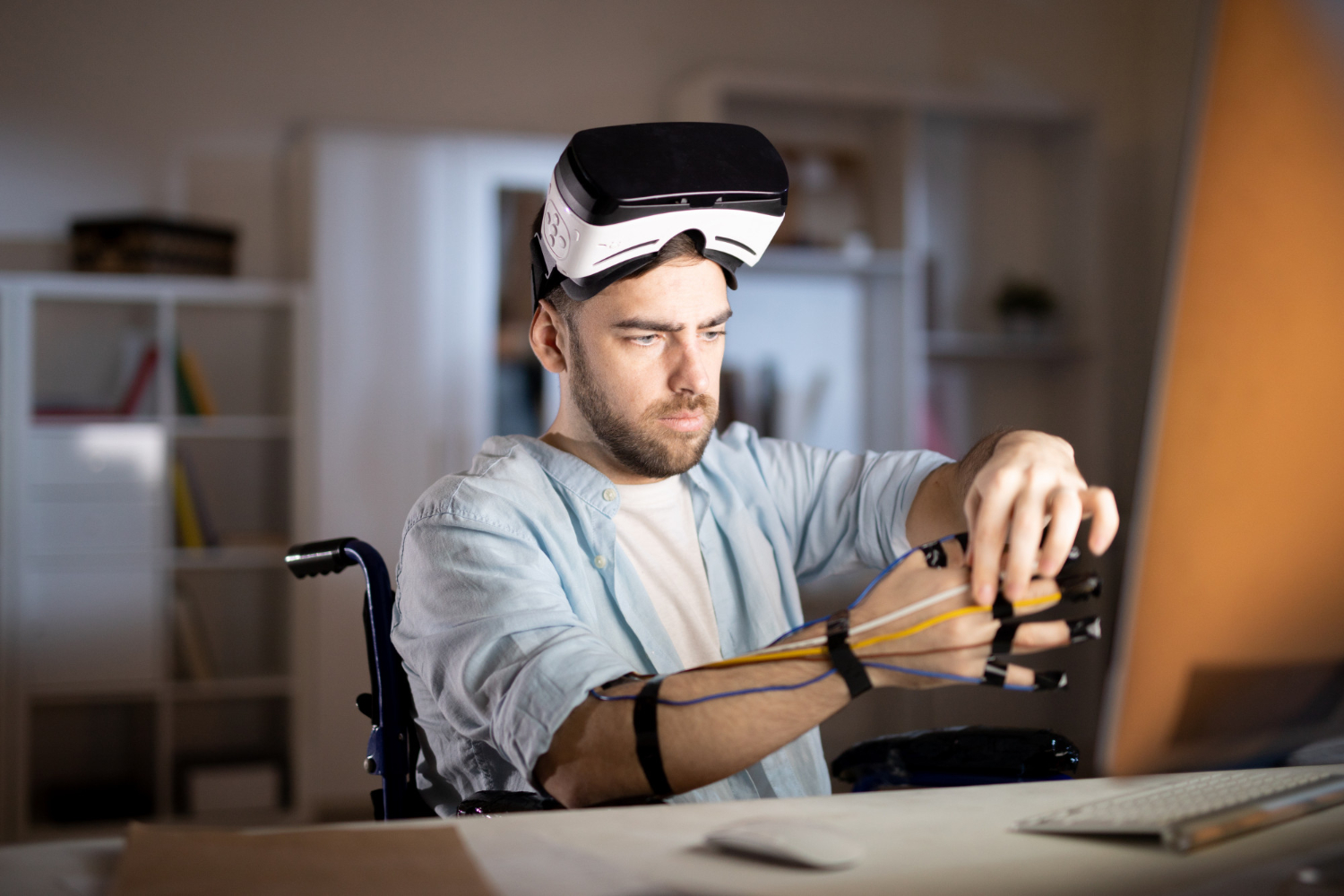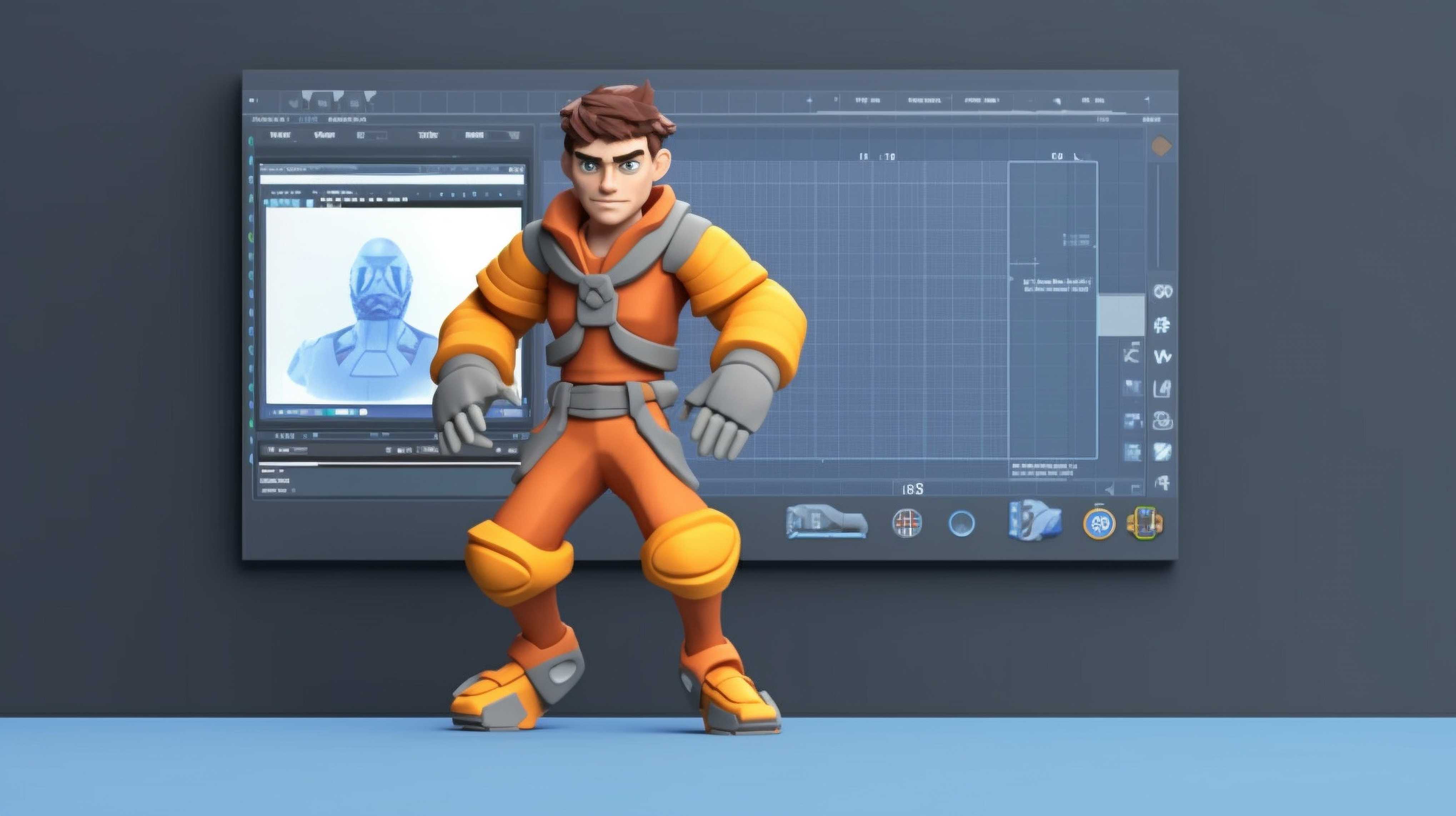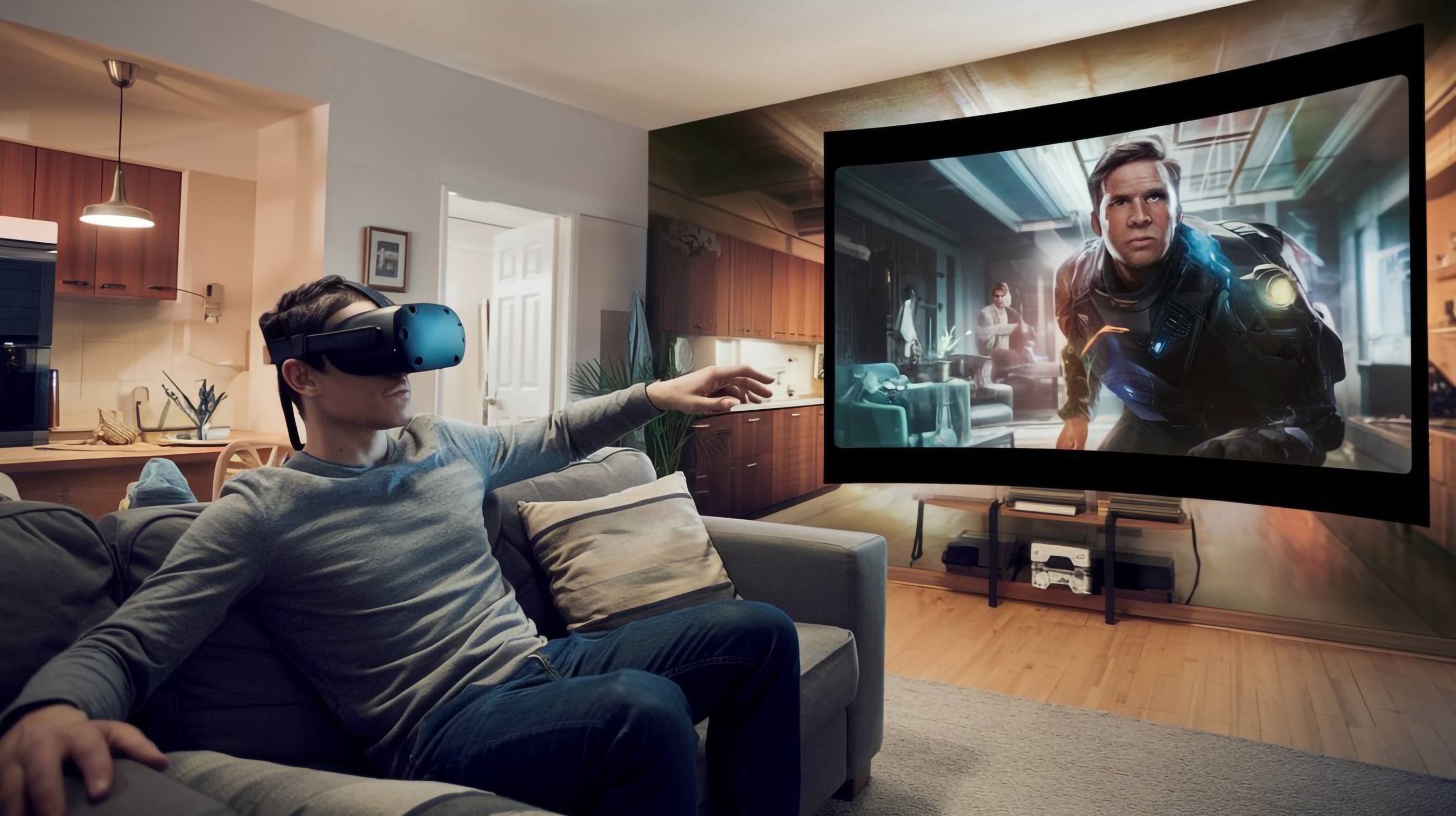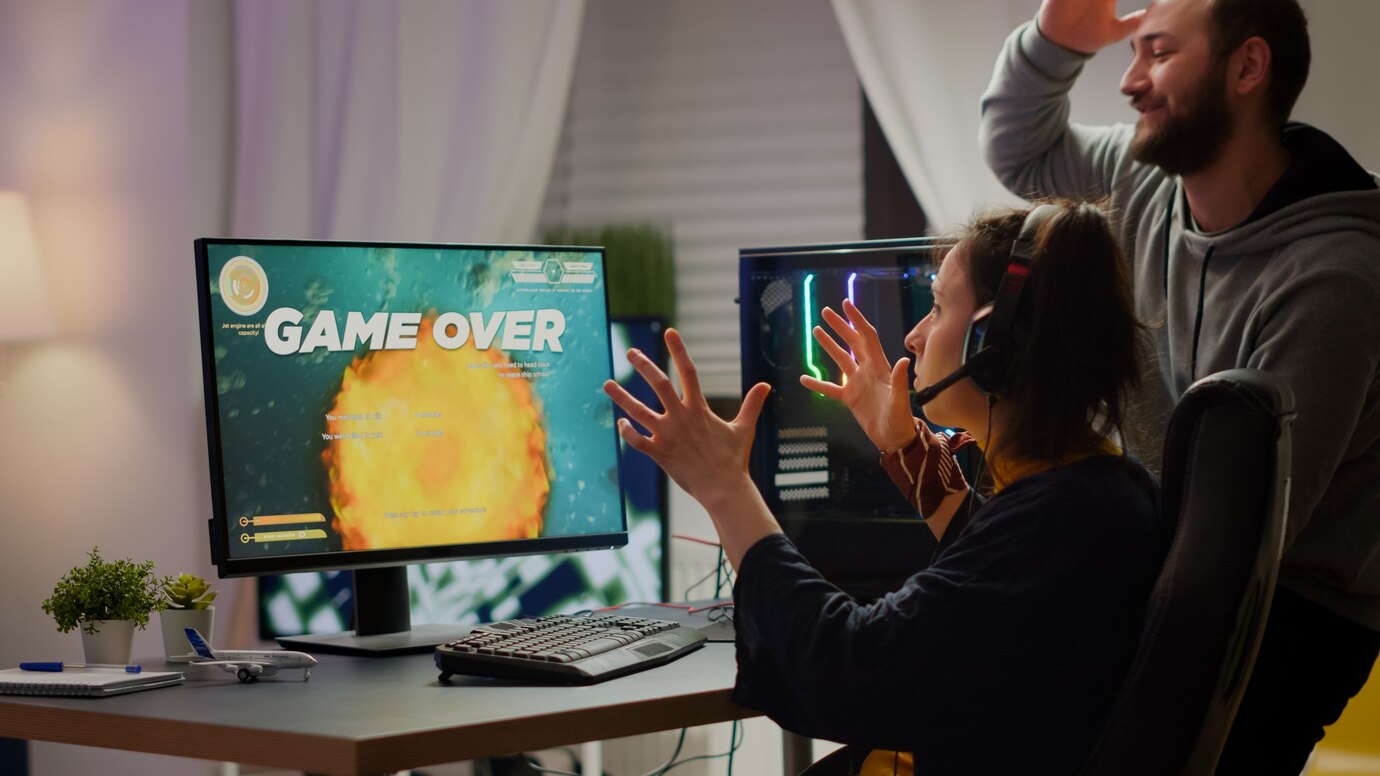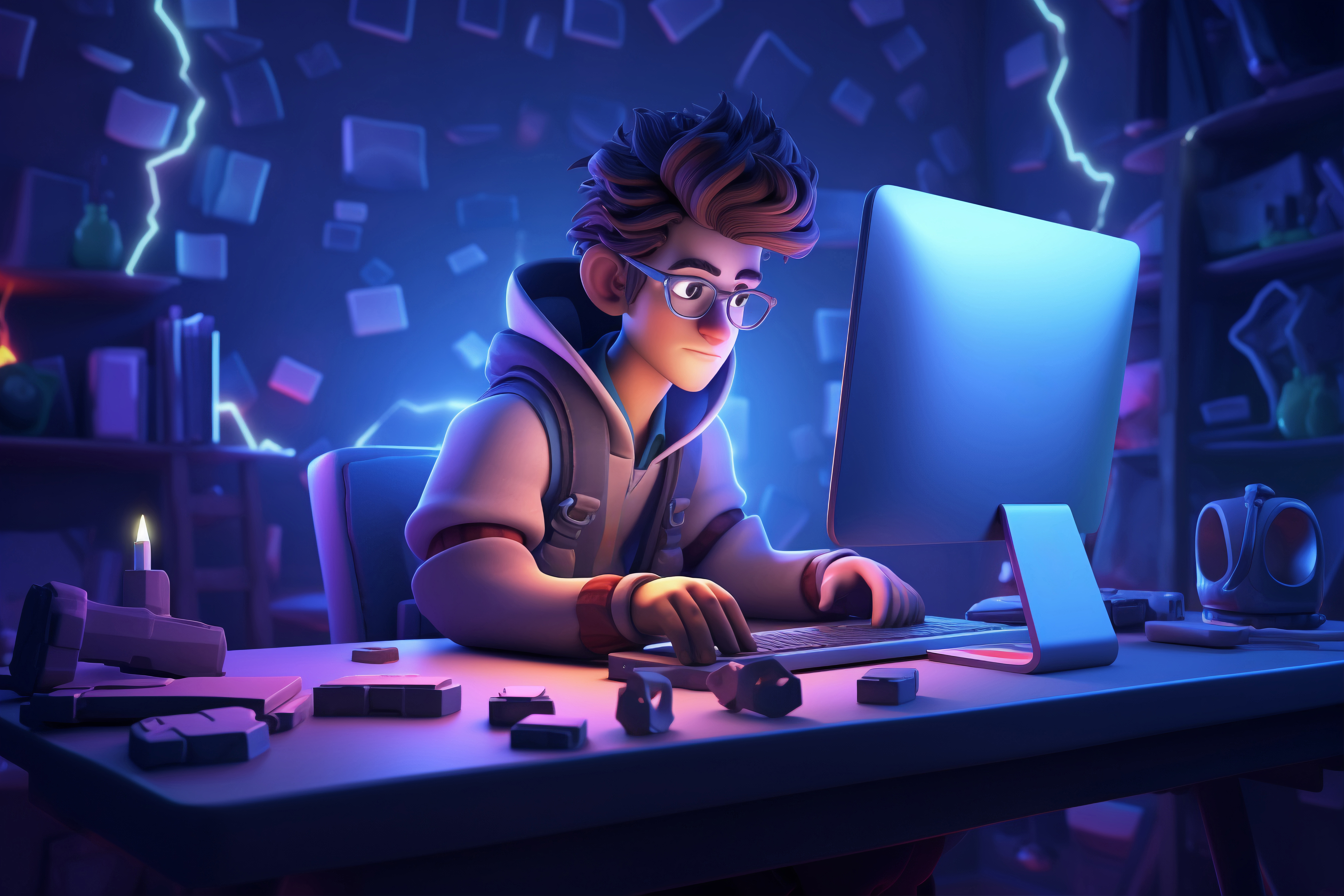Hiring a 3D Environment Artist can be considered one of the most important decisions in creative fields. It is through them that immersive worlds are brought to life or visually compelling backdrops are created for characters and stories, thereby making digital production successful.
First and foremost, one needs to understand what role it is and the specific skills that that role brings to the table, as well as how the work ties into broader design pipelines. Only once understood can this knowledge serve as a basis for decision-making in hiring.
To help with this, we will break down what you need to know about 3D environment artists, from key concepts and skills to challenges and the hiring process.
1. Understanding 3D Environment Modeling
3D Environment Modeling is creating rich, detailed environments for digital worlds. In short, it is talking about forests and cities, space stations and underwater realms, and everything in between.
Key goals are to create immersive spaces that fit in with a narrative and offer a realistic or stylized background for characters and action. This work combines many technical and creative skills, and a good 3D environment artist also has to control design and technology.
Key Concepts in 3D Environment Modeling
While hiring a 3D Environment Artist, some of the key concepts they work with need to be understood, such as
Geometry: The building up of objects, shapes, and everything in the 3D world using polygons, vertices, and edges. Possession of geometry enables artists to produce anything ranging from simple models to intricate landscapes.
Textures and Materials: They add surface detail to models based on color, texture, and reflectivity. Textures allow environments to become more realistic, bringing depth and complexity to otherwise flat surfaces.
Lighting: Appropriating lighting in 3D environments requires controlling the mood and realism. How light behaves with objects in virtual space is quite important for a 3D Environment Artist.
Optimization: This is, of course, quite important in any interactive field like game development, which maintains files at as small a size as possible without compromising visual quality.
2. Types of 3D Environments
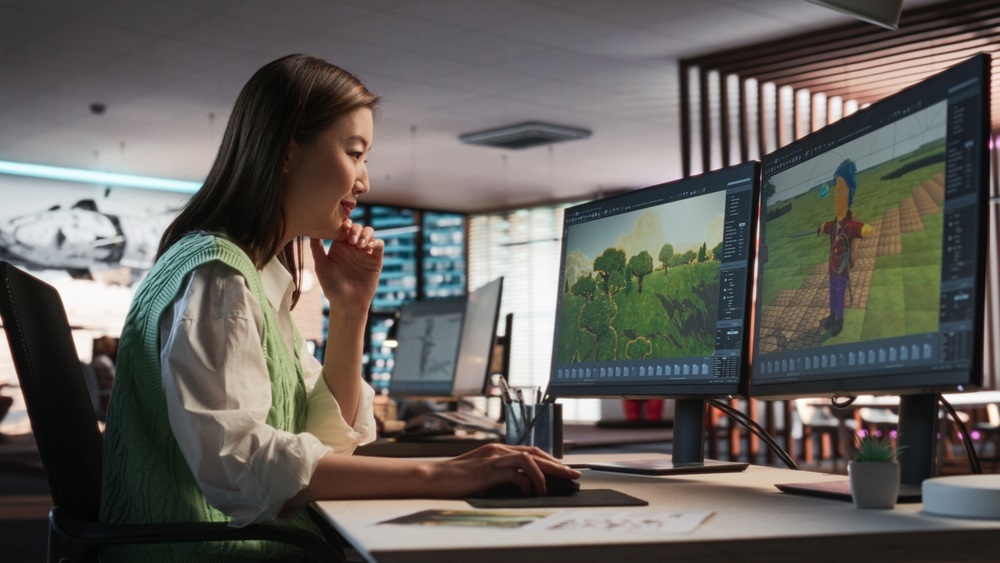
Projects vary based on the type of project, requiring varied kinds of 3D environments that may also serve to guide you in matching the best artist for your project. The most common are:
Natural Environments: For example, forests, mountains, deserts, and oceans are all created in relation to real-world settings. These environments are generally found in games, VR simulations, and occasionally in films.
Urban Environments: Cities, towns, and modern infrastructure. Urban kinds of 3D environments require a design precision skill or knowledge about architecture.
Fantasy/Science Fiction Environments: Futuristic, alien worlds, or magical settings - these often demand tremendous creativity and imagination.
Interior Environments: Interior environments include rooms, buildings, and other spaces, which often stress furniture, décor, and architectural details.
Each environment type is rather demanding, so the need to hire the right 3D Environment Artist with the experience your project needs cannot be overemphasized.
For instance, a fantasy-based game design studio would need to hire an artist who specializes in creating 'imaginative, otherworldly landscapes, while a film studio would prefer someone who specializes in urban environments.
3. The Fundamentals of 3D Environment Modeling

Basic principles in 3D environment modeling lie in translating concepts into highly detailed, immersive worlds. Below are the core elements that every 3D Environment Artist should master:
Conceptualization: Brainstorming and planning what to look like. Many artists start with 2D sketches or basic blackouts of the scene, building up a first feel for the composition and scale.
Modeling: This stage uses special software to create three-dimensional objects. Mostly, it starts with low-poly models and the same but upgraded high-poly for more detailed visualization;
Texturing: This adds the surface texture of the environment; it actually encompasses color maps, bump maps, and displacement maps. The importance of the aspect lies in attaining a realistic look.
Lighting and Shading: The adjustment of light sources assures an aesthetically pleasing look within a scene.
Rendering: This stage is where the 3D model is converted into a 2D image or sequence of images, making up the final visual output, particularly pre-rendered scenes in film or animation.
4. 3D Design in Various Industries
The demand for 3D environment modeling is not limited to a single industry. Rather, it is used in most industries, and the skills would vary from one industry to another. With knowledge of specific applications of 3D design in various industries, you will find an artist who suits your project.
Game Design: One of the most challenging environments for 3D artists, games are interactive and require rendering in real-time. Thus, there is a need to pay attention to optimization while still maintaining an environment that is immersive and responsive to input.
Industry practice typically involves working with a 3D animation company or hiring an artist directly through a game design studio.
Film and Animation: This is where pre-rendered environments take place; artists can then add high-polygon models and also complex textures. 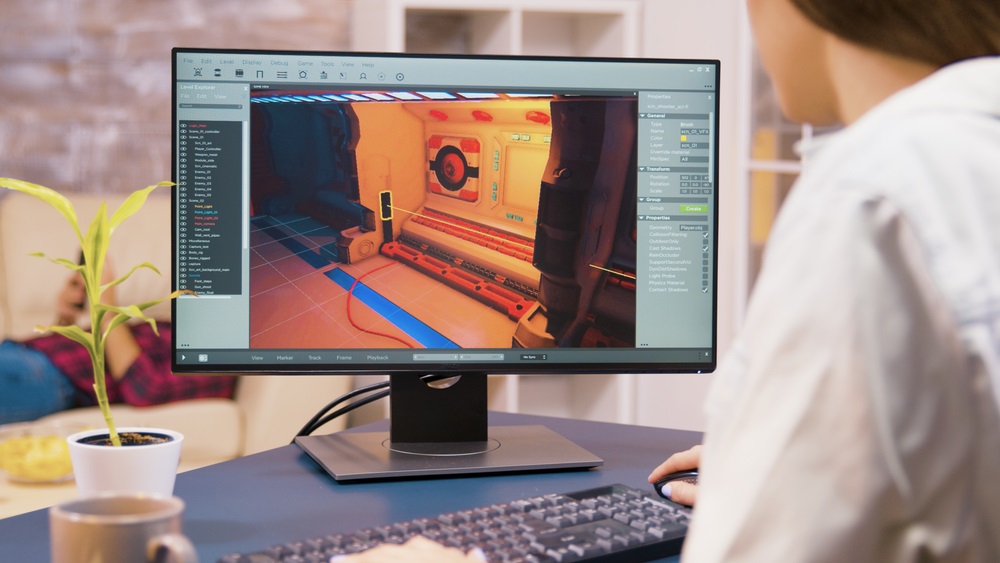
However, they should be aware of cinematography so that the environment complements storytelling.
Virtual Reality (VR) and Augmented Reality (AR): These industries demand yet again a more profound level of immersion since users are "in" the environment. Artists are expected to consider anything and any possible interaction the user may have with the environment.
Architecture and Real Estate: 3D environment artists are used for architectural visualizations that assist clients in imagining buildings and spaces before they are built.
5. 3D Environment Modeling Software
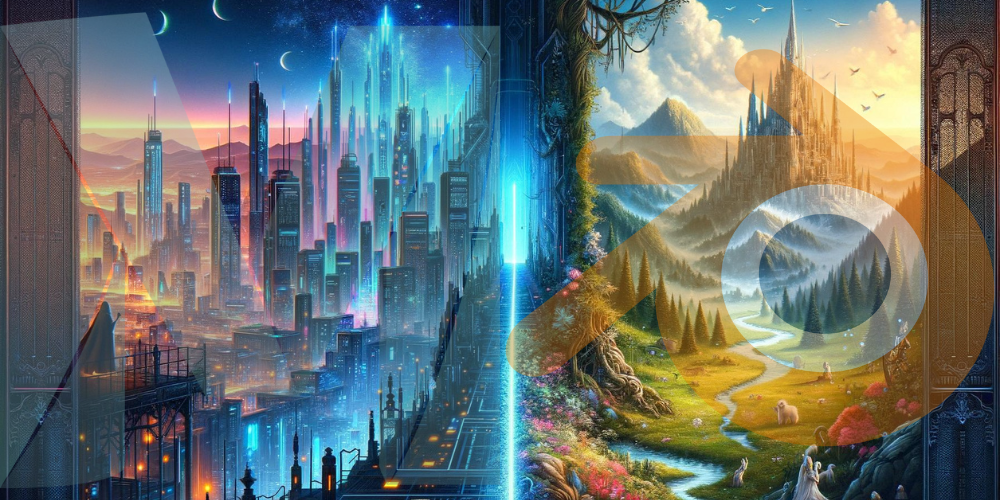
The artists have an array of specialized software to create high-quality 3D environments. Among the top solutions are:
Blender: Blender is an open-source tool and freeware. This makes it pretty popular for its robust feature set, including modeling, texturing, lighting, and rendering. Beginners and professionals alike use it.
Maya: Maya stands out among the others for its versatility and powerful modeling tools. Professionals, especially in film and game development, often rely on it.
Related post: Maya vs Blender: Which is Better for 3D Modeling?
ZBrush: This is mostly used to obtain a lot of detail in the model; it is preferred for sculpting organic shapes. Therefore, it supports natural environments well.
Unreal Engine and Unity: Game engines like Unreal and Unity facilitate the 3D models brought into interactive projects, such as games or virtual realities. Game designers often have to optimize their models, making knowledge of these engines beneficial.
Having an Environment Artist who is competent with the right software packages for your industry is very important in ensuring effective collaboration and workflows.
6. Challenging Aspects of Designing 3D Environments
Designing 3D environments is a pretty hard task, especially without knowing the complications beforehand when hiring an artist for this purpose. This often poses various difficulties, such as:
Balancing Detail with Performance: Environments in a game industry have to be detailed enough to continue immersing the player but optimized for performance. Too many polygons or textures can cause a slowdown in a game or performance problems.
Art Direction Consistency: A 3D Environment Artist should have a set visual style, and the environment should, therefore, not break boundaries with characters and storytelling. This might be more of a hurdle when working with a team in a 3D environment design service.
Time Management: Generating a 3D environment can take a really long time, depending on its complexity. Artists, therefore, have to manage deadlines very smartly while ensuring high-quality output.
Collaboration: For large projects, 3D Environment Artists often collaborate with character modelers, lighting artists, and animators to ensure that all elements of a scene come together cohesively.
7. What to Look for When Hiring a 3D Environment Artist

With this new knowledge in your pocket, here is what you should see when recruiting a 3D Environment Artist:
1. Portfolio Quality
A strong portfolio is the best indicator of an artist's abilities. Scout for work similar to your project in style and detail. If it's a fantasy RPG, look for artists who have created similar environments.
2. Experience with Relevant Software
Different projects use different software as well. Ensure that the artist knows the right software for your project-Blender for independent projects, Unreal Engine for games, or Maya for film.
3. Industry Experience
It's always a bonus if the artist has a history of experience within your industry. Wherever it is character modeling for games, environments for film, or other mediums, even VR landscapes-relevant experiences can save time and improve the final product's quality.
4. Collaborative Skills
An artist rarely works alone on a 3D environment design. Often, a very effective artist can work well with others and communicate freely throughout all departments.
The ideal candidate will have experience working in multidisciplinary collaboration environments for 3D environment design services.
5. Problem-Solving Abilities
Given the technical challenges of 3D modeling, problem-solving and creative troubleshooting are major. Ask about past challenges and how they were overcome.
Conclusion
Knowing what the challenges of 3D environment modeling involve, the types of environments needed for your project, and the skills required are the first steps in becoming a good 3D Environment Artist.
Evaluating their portfolio, proficiency with software, experience in the industry, and collaborative skills will assure you that they bring a great amount of detailing into an immersive world.
